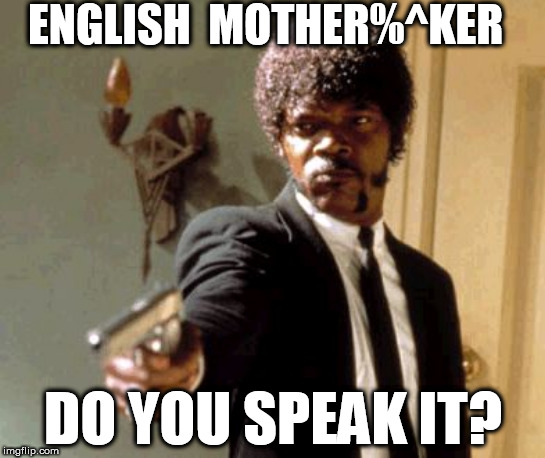dhsilv2 wrote:ballzboyee wrote:dhsilv2 wrote:
Why are you using TS%? We just went over why we aren't and don't do that.
So let me just ask again. What did you not understand about what I just said? I already covered the difference in TS% in Kobe's era vs today in my last post. Now again, I'm assuming you know what the stats we're using mean. If you don't then I'll address but you have to ask. I can't just assume as that would be a waste of both our time.
But to help.
TS%+ is a player's TS%/League TS% normalized to 100. Or just 100*[TS%/lgTS%] to make it simple. This is the gold standard people use since it's easy to find and publicly available and has been for years. That's what I quoted to give context here.
That stat is not really that great and I don't know why you try to tout is some kind of magical think that can be used to compare eras. It's no better than rTS% to be honest, and you could flip the fraction and get a nicer number per the individual player with out having to take the extra step. Pace of play determines efficiency. Look at MJ's TS% in 80's vs 90's. Pace of play dropped by almost 10 and MJ's raw efficiency went from .600+ to as low as .533 in 1998 when pace had dropped to 90. Shai is taking a much smaller percentage of his teams shots because pace is at 100 while pace of play in 2005 was 90.9. It's really simple. The more shots player take for his team, the more their efficiency will resemble a team average. Do you understand that because of Kobe's volume his efficiency will regress to a team league average. And this will occur exponentially the slower the pace.
TS%+ is better than rTS because of scaling.
I'm not sure what the rest of this has to do with anything.
This is scaled TS% for NBA history with MJ and Curry listed. I did this back in 2019 but the story remains the same. As star volume goes up there's a direct correlation to higher not lower TS%+

That doesn't really work. Your method is only slightly more rigorous since it assumes all players come from the population and does not account for things like league variance and pace. Like I said, flip the fraction and express it as a relative percentage. Take all scores from that season and normalize it starting at a scale of zero (add lowest score to all scores). Find SD for population, etc and then for players you are interested in and compare through percentiles, z score, SD, etc. Then you will have a true normalized value accounting for league variance and know exactly how efficient the player is. If you wanted you could add an additional weights for pace, average score differential, sos, etc. Why your system doesn't work is that even though players can have similar scores, they might not dominate the league the same way relative to their peers, i.e does not account for population variance. Theoretically, under your system two players could have the same score but be at different points on a normalized curve during their season, i.e one player could be 3 SD from mean and another player could 5 SD from mean. The assumption is that SD accounts for the variance in terms of pace, sos, position, average score differential, etc. Your way is better than nothing, but still not the end all be all for a true test of measuring efficiency.
In terms of volume, you are thinking in absolute terms when you should be thinking in observed efficiency vs peak hypothetical efficiency. Players are regressing from their own peak as their volume increases. If pace contracts, then there will be a hidden regression. Lower pace is fewer possessions, more half court, more difficult shots, more defensive attention, etc. Some stars can defy the trend of the correlation of higher volume and regression to the mean. However, nevertheless, they are regressing from their own ideal volume efficiency curve. Mathematically, what I am saying is inevitable. At some point higher volume will yield to a diminishing return curve and efficiency will revert to the league mean. This is already happening on some level even if the raw numbers says it is not -- though this is somewhat counterintuitive. After all, the total shots a player makes is just a sample of the population parameter of all shots taken in a given season.
The method I showed above can also be used for other types of basketball regressions like SoS. I've used it custom formulas to predict outcomes for sports betting and it can be somewhat accurate.


